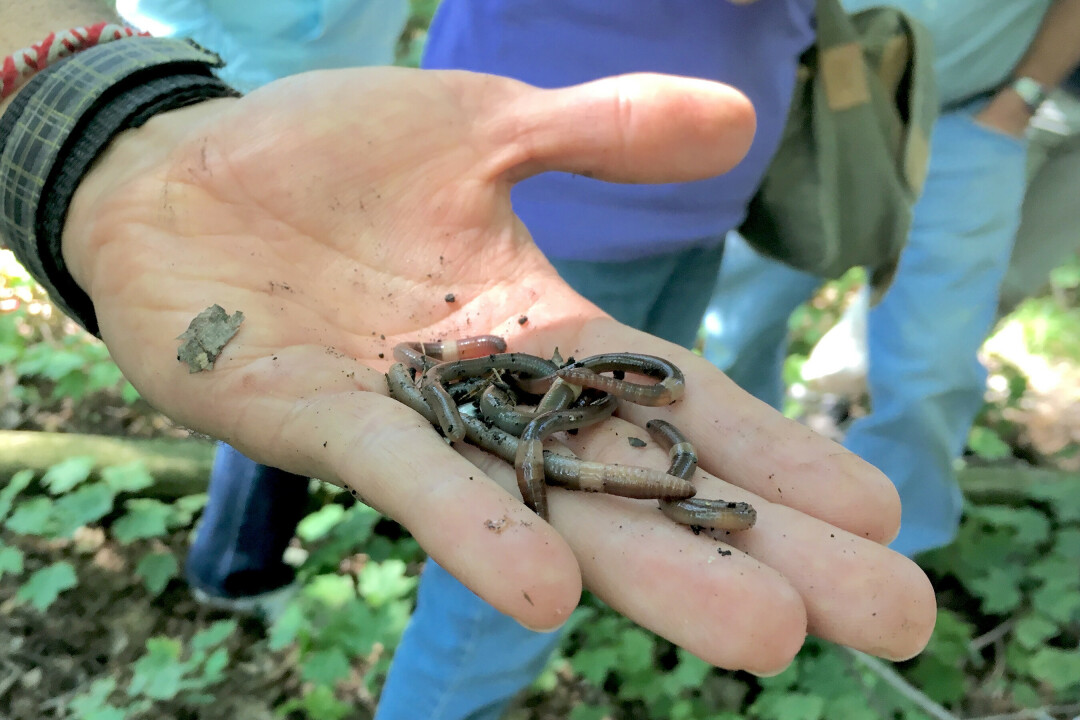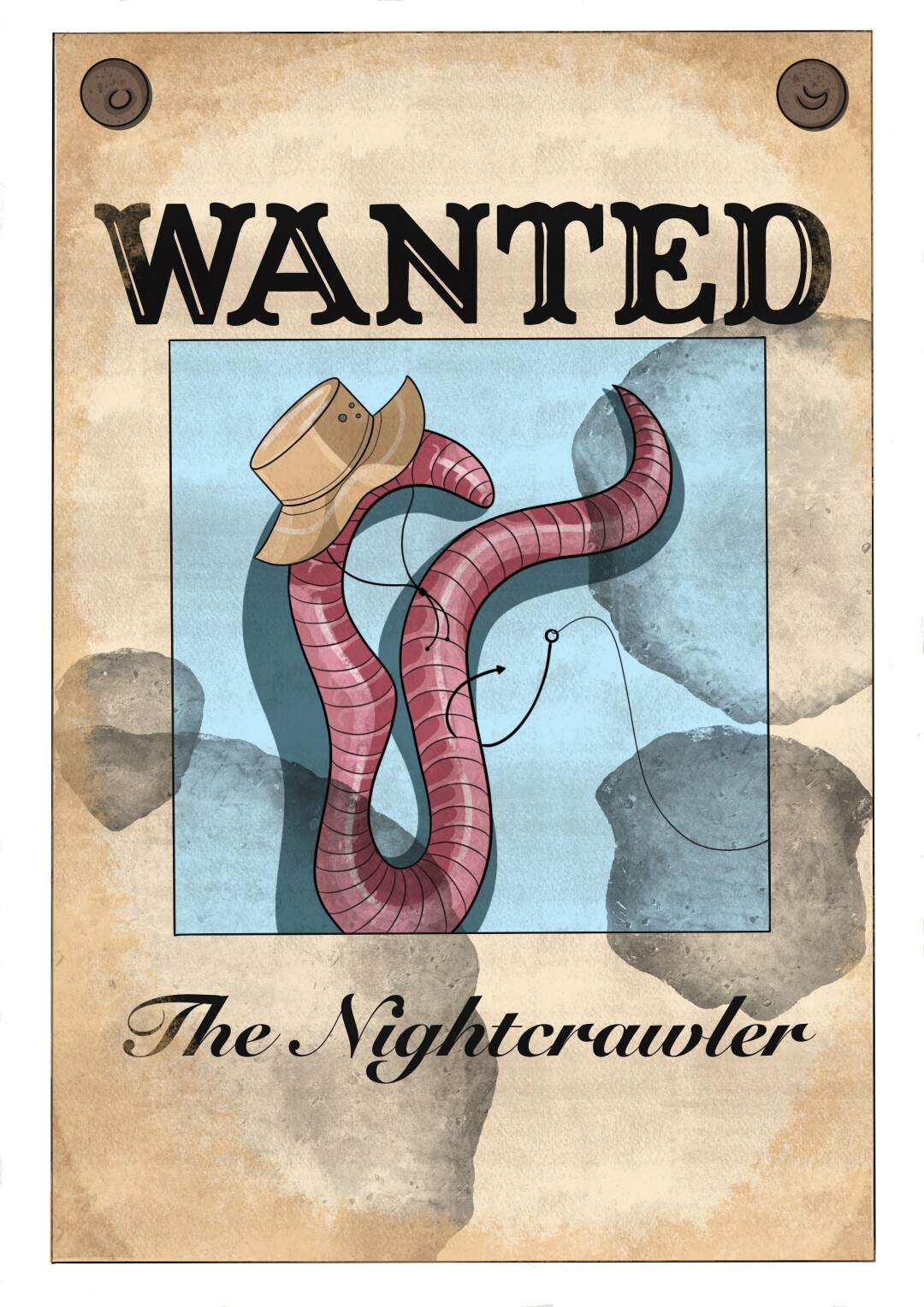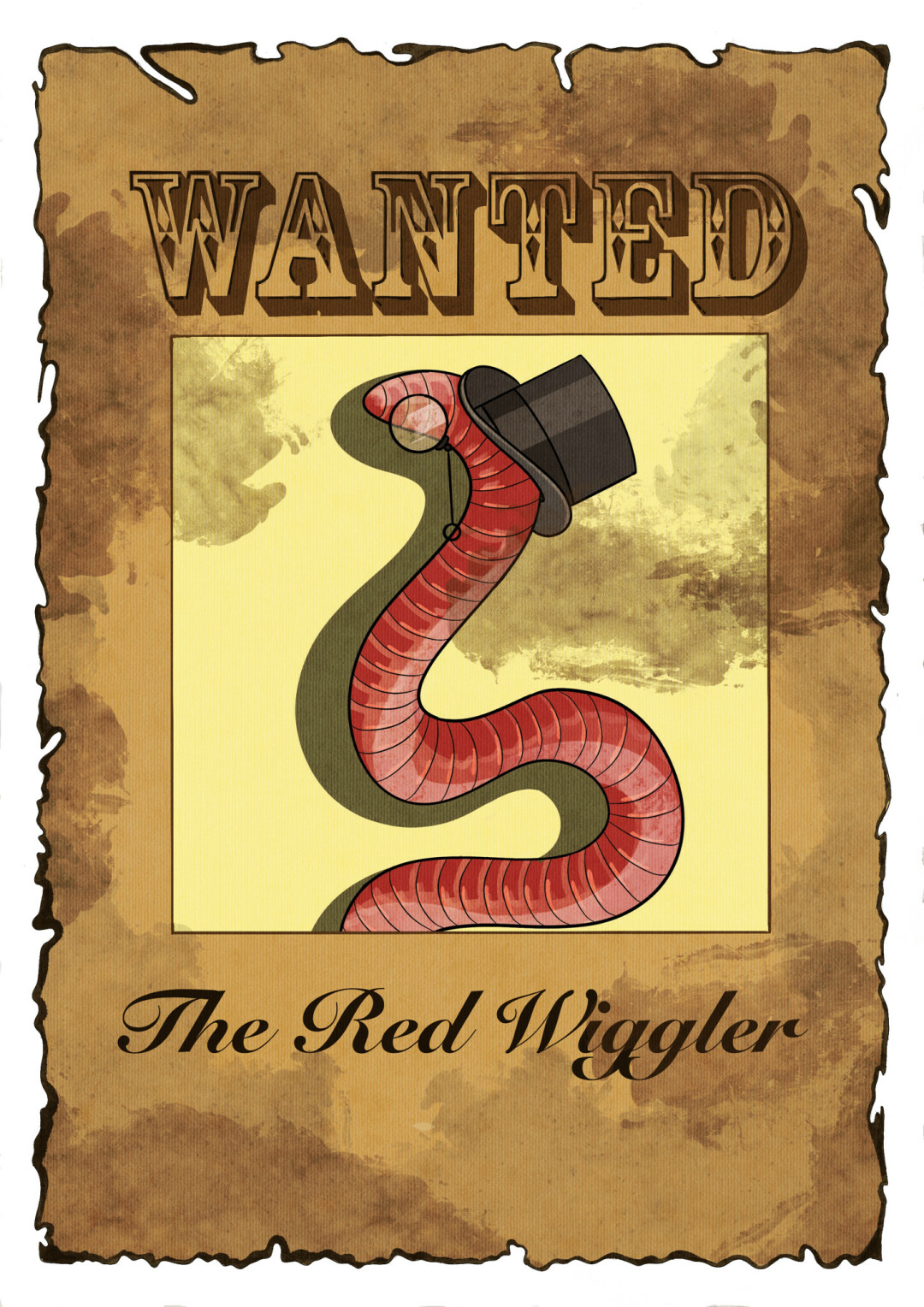Worming into Wisconsin
a closer look at the underground allies we never should have had

It’s 6am in early spring and I’m geared up to hike towards my local arboretum in Eau Claire. I’m volunteering for The Nature Conservancy, ready to stick my feet into unknown places, familiarize myself with the dirt, and get to know the locals a bit more – the locals, of course, being creatures, bacteria, plants, fungi, and all who live on the same ground I stand on.
The air is thin and cool, it had rained all night, and worms littered the street like confetti on New Year’s Day.
Their bodies glimmering in the streetlights I walk past in the darkness, that intense smell of Midwestern rain, their mushy forms squirming – all of it suddenly possessed me with wonder and disgust: these simple beings that I learned about in elementary school are mere slimy, forgotten creatures that I assumed to be completely unremarkable. As I kept walking, I remember staring at them and thinking, how did this guy even get here?
A lot of folks don’t actually know what goes on beneath their feet. The soil is an unknown but unimportant aspect of daily life. We often take its capabilities of growth for granted. Whether on a farm or in the city, in the desert, or in the forest, dirt hosts millions of essential bacteria and decomposers that support all life on earth (including you and me).
But here’s the thing: All worms in Wisconsin are invasive. They are not supposed to be here.

I had grown up thinking of worms as part of our ecosystem. We use them as fish bait and in horticulture. They have been here for generations. But before we had modern ideas of our land for farming, dairying, and housing, Wisconsin was covered with thick forests, both coniferous and hardwood, and vast landscapes of prairie grasslands, and no worms necessary. It is likely that European settlers brought worms with them from overseas and the last of the glaciers wiped out native worms (if there were any to begin with). And in the process, settlers introduced the creature that would destroy the natural soil and compromise the forests.
And now, they are everywhere.
“(Worms are) keystone detritivores: they are in the soil. They’re decomposing all sorts of things and they can fundamentally change the below-ground and the above-ground ecosystem. They drive the ecology where they’re at,” said Bradley Herrick, Ecologist, and worm expert at UW-Madison Arboretum. “We’ve never found a native earthworm (in the larger United States).” And, yet, they’re now present across every Canadian province and American state.
Earthworms such as nightcrawlers are used largely for fishing, and red wigglers for building up water in the soil and retaining nutrients in gardens. “Earthworms have the ability to create these burrows, so they are really good at mixing the soil. They’re creating pore spaces for water, they’re consuming organic matter and they poop it out, creating what’s called castings, and those are rich in plant nutrients,” Herrick said. However, their benefits depend on the ecosystem present. “In native habitats, they aren’t beneficial at all.”
“Nightcrawlers have gotten into our native forest through throwing away unused live fishing bait into the woods or on the edge of the lake, and then they grow like crazy,” Herrick said. These worms in the northern forest have a ravenous appetite for organic material, devastating forest health that relies on the slow decomposition of dead matter. The dead matter laying in topsoil is broken down in delicate ways to create the natural soil that our native plants survive on. When sped up, native plants aren’t always ready, and the door opens up for invasive plants to take over the forest floor. In short, we need to slow things down, but worms are speeding things up.
In 2016, Asian jumping worms wreaked havoc across gardens, farms, and forests, gaining attention from locals. Native to Eastern Asia, these worms jump and squirm when caught and, unlike most earthworms, they stay in the topsoil, just eating organic matter. Interestingly, where we find jumping worms, there are no earthworms. “Either the European species are moving out or dying out. It could be a good thing, it could be a worse thing,” Herrick said.
Worms are still amazing creatures, to say the least. Even Charles Darwin, the father of modern biology, suggested earthworms to be the most influential species on Earth. That’s a big statement to hold over a worm’s head, don’t you think? “They change the soil to change the plants which determine what can live there,” Herrick said simply. “They really are ecological engineers.”
In one acre of land, there can be a million of them burrowing away underground. They have no lungs and breathe oxygen through their skin. They typically have five hearts, so yes, you can cut up a worm and it will regenerate, but you have to catch the right spot to do it correctly. And they’re hairy to help with movement in the dirt. Worms have both male and female organs, there are about 6,000 species of them that we know of, and they’ve been around since before the dinosaurs.

Vermicomposting offers a process that closes the circle of our food waste crisis. The food scraps that fill landfills can instead be broken down by worms. In a local garden or neighborhood compost system, the soil created can be repurposed to support new growth. Just make sure to review which worms come in your DIY kit. “The worms that are often used… called the red wiggler… (are) not known to be an issue in forests – (they) don’t survive well,” Herrick said. “For gardens, the European earthworms are fine. Jumping worms… are going to be detrimental in the long run.”
Glimmering, wet, and bursting with opportunity, worms were never supposed to be part of the Midwest. Yet, they offer a new and popular development in sustainability. While compromising one ecosystem, worms create their own purpose for helping the development of a new social climate, fixed on battling climate change.
So, the next time you walk outside and see a gooey reminder of what lives out there, don’t just look up and move on. We can learn from worms and be intentional about our space and our waste. Worms teach us that seemingly insignificant things can make a world of difference.
Learn more about Wisconsin worms at dnr.wisconsin.gov.


